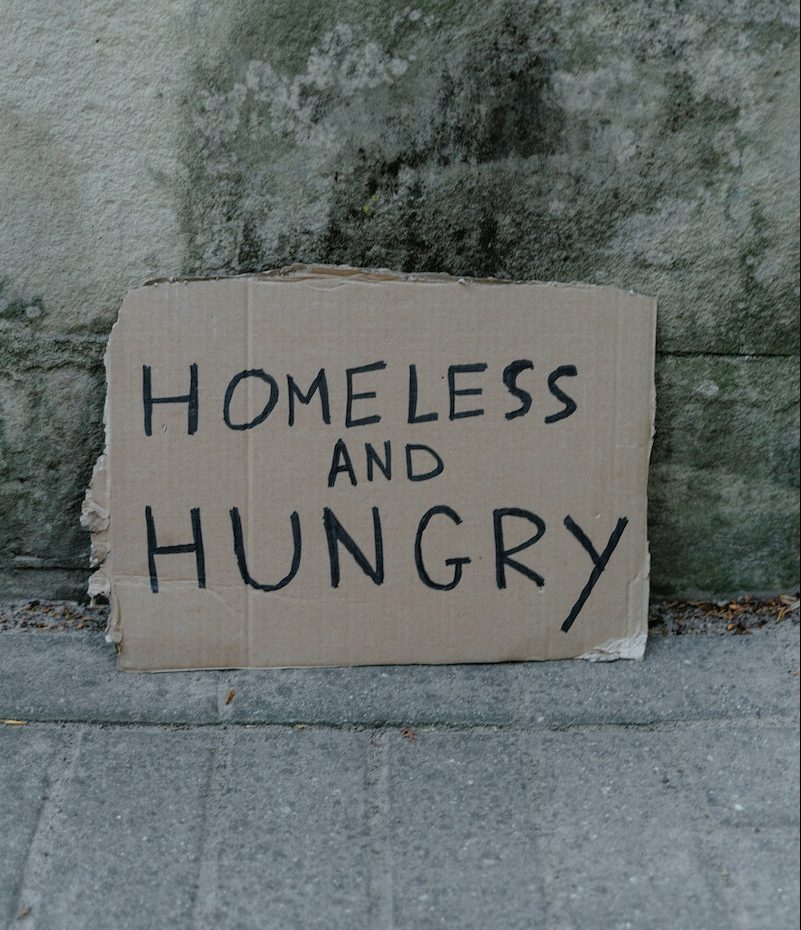Lack of affordable homes and homelessness is often seen as an urban problem but not considering the impact housing policies have on rural communities has meant a growing crisis in rural areas for affordable homes, has been overlooked.
Limited data on rural housing makes it difficult to gauge the extent of the problem and rural poverty often goes unnoticed, siting side by side with the relative affluence of rural areas, leading in some circumstances to people living in old, dilapidated housing.
Figures available from Shelter Cymru in 2021 found:
- Over 1 in 10 (13%) – almost half a million people (409,000) – are living in homes that are not structurally sound or have hazards such as faulty wiring or fire risks
- Just over 1 in 4 people (26%) – equivalent to an estimated 819,000 people – are living in homes with significant damp, mould or condensation problems
- 1 in 10 people – around 315,000 people – say their current housing situation is harming their mental health, or their family’s mental health.
The Welsh Government describes homelessness in its ‘Ending Homelessness in Wales’ strategy as where a person lacks accommodation or where their tenure is not secure. Rural homelessness has always existed, but it is much more hidden than in urban centres. People can be sleeping in fields, or even on the sides of hills and mountains without coming into contact with many people, and therefore going unnoticed. While the pandemic enabled local authorities to gain a better understanding of homelessness in their areas, the overall numbers are still high.


